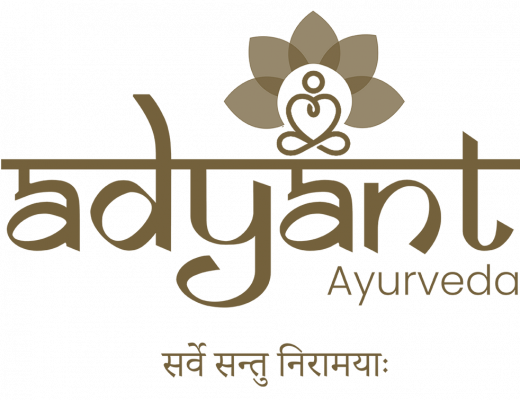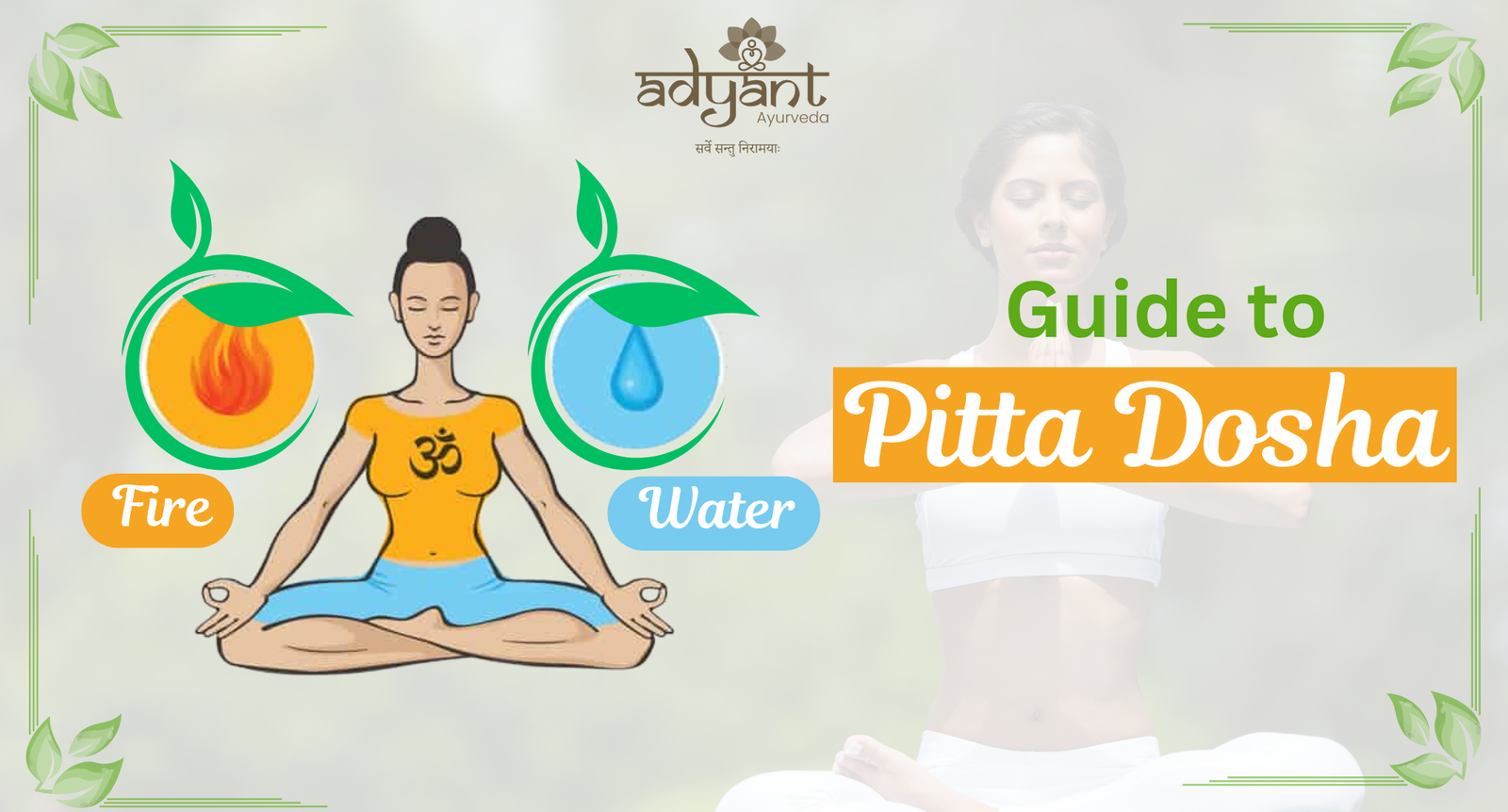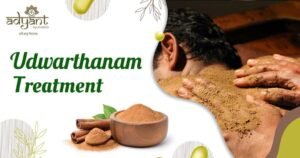Table of Contents
ToggleAyurvedic Pitta Dosha: A Complete Guide to Balance and Healing
Pitta Dosha, according to Ayurveda, represents the fire and water elements in the body. When in balance, it governs digestion, metabolism, body temperature, and intelligence. However, an excess of Pitta (excess heat in the body) can lead to a variety of symptoms like inflammation, acidity, irritability, and skin issues.
To balance Pitta Dosha, Ayurveda recommends cooling practices such as meditation, gentle yoga, and consuming cooling foods like cucumber, coconut, and leafy greens. Herbal remedies like aloe vera and coriander can also help soothe Pitta imbalances. Maintaining a Pitta-pacifying diet, including sweet, bitter, and astringent tastes, supports well-being and harmony in the body and mind.
📲 For Free Consultation with Top Ayurvedic Doctors, Download Our App “AyurCare“
Understanding Pitta Dosha
In Ayurveda, Pitta Dosha is one of the three fundamental energies (Doshas) that govern the body and mind. It is associated with the fire and water elements, primarily responsible for:
Digestion
Metabolism
Transformation
Intelligence
Courage and clarity
When Pitta is balanced, it promotes vitality, glow, emotional stability, and sharp intellect. However, when imbalanced, it can lead to heat-related and inflammatory disorders.
🔹 Seasonal Influence on Pitta (Ritu Parinam)
Pitta Dosha accumulates during summer (Grishma Ritu) and becomes aggravated during autumn (Sharad Ritu). People with Pitta dominance should take extra care during these seasons by:
Avoiding sun exposure
Favoring cooling diets and routines
Practicing mindfulness and relaxation
🔹 Subtypes of Pitta Dosha (Pitta Upa-Doshas)
Understanding the five subtypes of Pitta helps diagnose and treat imbalances more precisely:
Pachaka Pitta – Governs digestion and nutrient absorption (located in the stomach and intestines)
Ranjaka Pitta – Regulates blood production (in liver and spleen)
Sadhaka Pitta – Controls emotions, memory, and clarity (in heart and brain)
Alochaka Pitta – Manages vision (in eyes)
Bhrajaka Pitta – Controls skin color, sensitivity, and temperature (in skin)
🔹 Why Knowing Pitta Subtypes Matters in Ayurveda
Each Pitta subtype governs a specific physiological or psychological area. Knowing which one is imbalanced allows Ayurvedic doctors to tailor herbs, diet, and therapies more precisely:
Pachaka Pitta imbalance → Treated with bitter herbs like Guduchi, Aloe Vera, and Avipattikar churna
Ranjaka Pitta imbalance → Focus on liver detox with Kalmegh, Bhumyamalaki, and Punarnava
Sadhaka Pitta imbalance → Managed using Brahmi, Shankhapushpi, and meditation
Alochaka Pitta imbalance → Supported with Triphala, Amla, and eye cooling therapies
Bhrajaka Pitta imbalance → Treated with rose water, sandalwood paste, and cooling oils like Kshirabala
Understanding this deepens the impact of Ayurvedic therapy and improves outcomes with more targeted treatment.
Pitta Dosha Personality: Balanced vs. Unbalanced
| Balanced Pitta | Unbalanced Pitta |
|---|---|
| Perfectionist, Type A personality | Controlling, irritable, overcritical |
| Sharp intellect | Workaholic and overly driven |
| Strong digestion | Acid reflux and burning sensation |
| Glowing, radiant skin | Acne, redness, rashes |
| Deep, restful sleep | Interrupted or hot sleep |
| Inner peace and clarity | Anger, impatience, frustration |
| Normal bowel movements | Loose stools or urgency |
🔹 Dinacharya (Daily Routine) for Pitta Balance
Wake early, before sunrise
Perform cooling oil massage (Abhyanga) using coconut or sunflower oil
Bathe with sandalwood or rose water
Avoid late-night work or intense competition
Prefer gentle walks, evening relaxation, and midday rest
Avoid direct sun and overheating
Symptoms of Imbalanced Pitta Dosha
Hyperacidity, heartburn, and indigestion
Skin issues like acne, rashes, and redness
Irritability, anger, and frustration
Sensitivity to heat and sweating
Inflammatory diseases like ulcers, gastritis, and IBD
Mental burnout, over-ambition, or harshness
Trouble relaxing or poor sleep
🔹 Cooling Yoga Asanas & Pranayama for Pitta
Shavasana (Corpse Pose) – Deep cooling relaxation
Sheetali & Sheetkari Pranayama – Cooling breathing practices
Viparita Karani – Legs-up-the-wall pose to calm the nervous system
Chandrabhedana Pranayama – Breathing through the left nostril to soothe
Ardha Matsyendrasana – Improves digestion and liver detox
Balancing Pitta Dosha with Ayurvedic Treatments
1. Herbal Remedies
Aloe Vera, Neem, Turmeric, Brahmi, Shatavari, Coriander, Licorice, Amla
2. Dietary Modifications
Cooling foods: Cucumber, mint, coconut, leafy greens, sweet fruits
Avoid spicy, fried, fermented, acidic, and sour foods
3. Lifestyle Adjustments
Avoid overexertion, excessive sun, alcohol, and stimulants
Adopt mindfulness, yoga, and meditation
Use rose water, wear light-colored cotton, and avoid overworking
4. Ayurvedic Cooling Therapies
Abhyanga with cooling oils
Shirodhara with Brahmi or sandalwood oil
Takradhara (cool buttermilk stream therapy)
Pitta Shamana Basti (medicated enemas for Pitta)
🔹 How to Reduce Pitta Immediately?
Quick Pitta-Balancing Tips:
Drink cool water or herbal teas (mint, coriander, fennel)
Apply a cold compress or splash cool water on the face
Rest in shaded, cool environments
Eat hydrating fruits like melons, pomegranates, and grapes
Use a coconut oil massage or a rose water spray
Practice Sheetali Pranayama
Avoid spicy, sour, and salty snacks
🔹 Pitta-Aggravating vs. Pitta-Pacifying Foods (Table)
| Pitta-Aggravating Foods | ❌ | Pitta-Pacifying Foods | ✅ |
|---|---|---|---|
| Spicy foods (chilies, pepper) | ❌ | Sweet fruits (melons, grapes) | ✅ |
| Sour fruits (tomatoes, tamarind, citrus) | ❌ | Cucumber, zucchini, and pumpkin | ✅ |
| Fermented foods (pickles, vinegar) | ❌ | Coconut water, coconut meat | ✅ |
| Fried and oily foods | ❌ | Steamed vegetables with ghee | ✅ |
| Excess salt and sour snacks | ❌ | Coriander, fennel, and mint infusions | ✅ |
| Red meat and eggs | ❌ | Mung dal, barley, basmati rice | ✅ |
| Alcohol and caffeine | ❌ | Buttermilk (thin, unsalted) | ✅ |
📌 Tip: Eat your largest meal at midday when digestion (Pitta) is naturally strongest, and avoid eating late at night.
Home Remedies for Pitta Imbalance
Aloe Vera Juice: Soothes digestion and heat
Cucumber Face Pack: Reduces skin inflammation
Coconut Oil Pulling: Supports oral cooling and detox
Chamomile or Mint Tea: Relaxes the mind and cools the body
Rose Water Spray: Instantly cools and refreshes
Benefits of Home Remedies for Pitta
Natural and safe for long-term use
Cost-effective and accessible
Personalized and gentle
Encourages self-care and wellness awareness
Reduces dependency on medications
Complements lifestyle and diet modifications
Effective for emotional and physical harmony
Dietary Recommendations for Pitta Balance
✅ Include:
Sweet fruits: Melons, grapes, pomegranate
Vegetables: Zucchini, cucumber, leafy greens
Healthy fats: Ghee, coconut oil, olive oil
Beverages: Herbal infusions (coriander, fennel, mint)
❌ Avoid:
Chilies, sour fruits, tomatoes, and vinegar
Fermented or fried foods
Excess salt, caffeine, and alcohol
Adyant Ayurveda Bangalore: Your Partner in Pitta Balance
At Adyant Ayurveda, our expert doctors provide personalized care for Pitta Dosha balancing using a holistic approach:
Detailed Prakriti-Vikriti assessment
Customized diet, herbs, and therapies
Certified GMP herbal medicines
Emphasis on long-term wellness and emotional balance
Safe and sustainable healing without side effects
🔹 Why Choose Adyant Ayurveda?
25+ years of Ayurvedic expertise
Focused care for Pitta-related disorders
Safe, ethical, natural, and research-backed treatments
Gentle therapies are ideal for both acute and chronic imbalances
Compassionate practitioners and personalized attention
Convenient access via the AyurCare app for remote consultations
Read Other Blogs
FAQs Related to Pitta Dosha
What is Pitta Dosha?
It is one of the three Ayurvedic energies, representing fire and water. It governs digestion, transformation, and metabolism.
What are the signs of Pitta imbalance?
Hyperacidity, heat rashes, anger, irritability, loose motions, and redness.
How can I tell if my Pitta is out of balance?
Consult an Ayurvedic doctor for a full evaluation of physical and emotional symptoms linked to your constitution.
What should I eat to balance Pitta?
Favor cooling, hydrating, and mildly sweet foods. Avoid spicy, oily, and sour items.
Can stress aggravate Pitta?
Yes. Mental strain, competition, and anger all increase internal heat and disrupt Pitta.
Is yoga good for Pitta people?
Absolutely! Gentle yoga, especially cooling pranayama, is ideal for calming and stabilizing Pitta.
Are home remedies safe for daily use?
Most are safe if used moderately. Always consult an Ayurvedic expert for chronic issues.
Is Pitta dominance common?
Yes, especially in individuals with sharp intellects, fiery temperaments, and strong digestion.
Can a Pitta imbalance cause insomnia?
Yes. Excess Pitta leads to heat in the head, disturbing sleep, and causing midnight awakenings.
How long does it take to balance Pitta?
With proper diet, herbs, and lifestyle, most people feel better in a few days to a few weeks.
📞 Book Your Free Consultation Now!
Adyant Ayurveda – Best Ayurvedic Clinic for Pitta Treatment in Bangalore
📱 +91-99725-41009 | +91-63662-58619 | +91-97408-11415
📲 Download our app “AyurCare” to begin your healing journey today.






